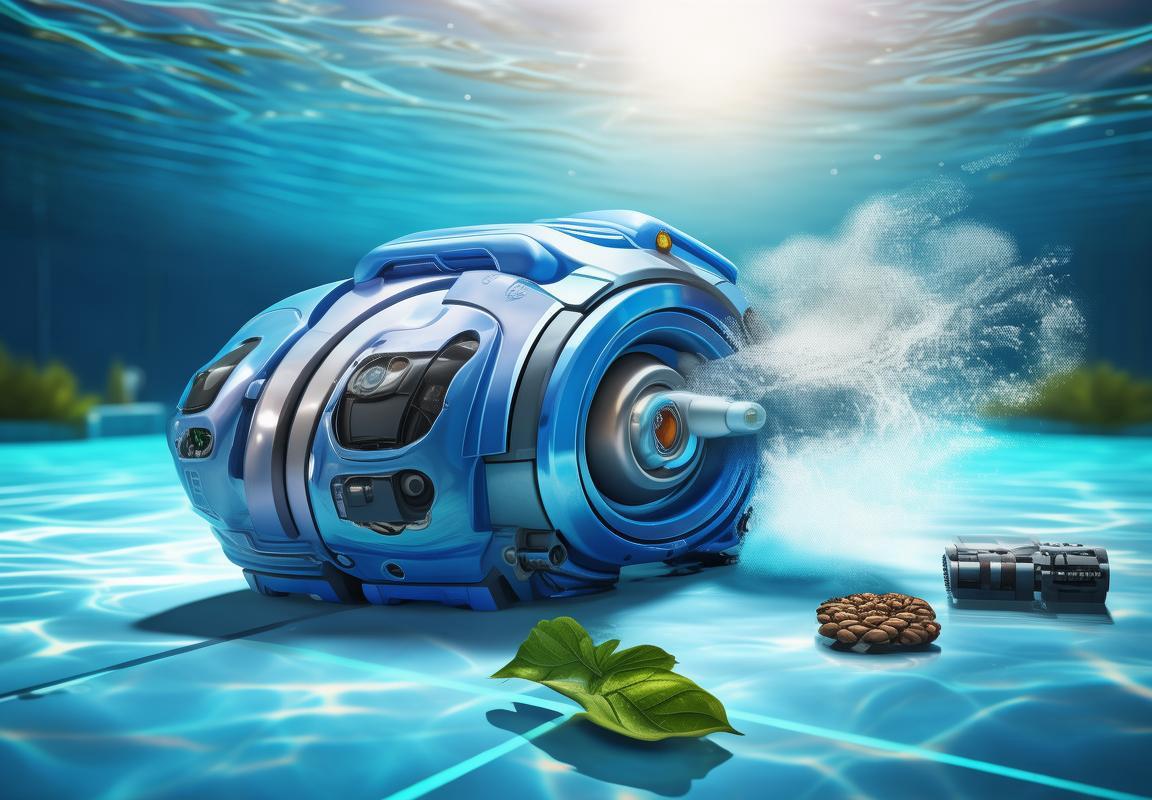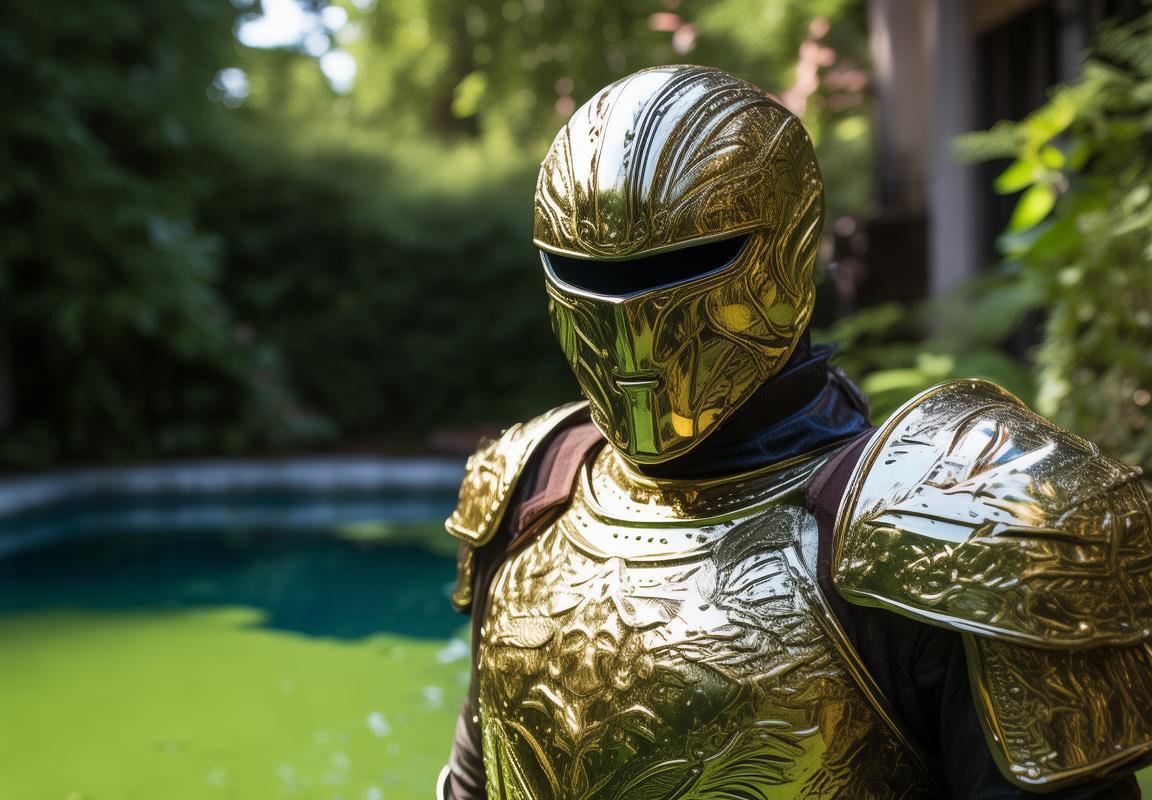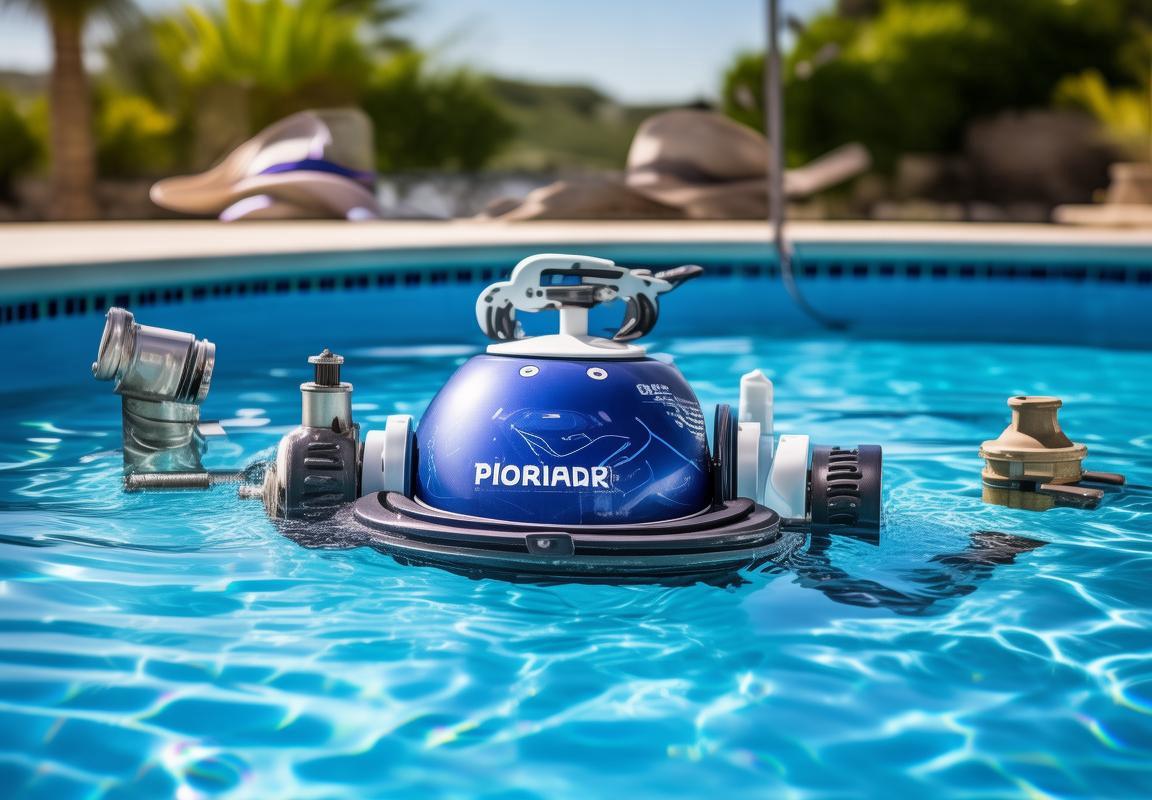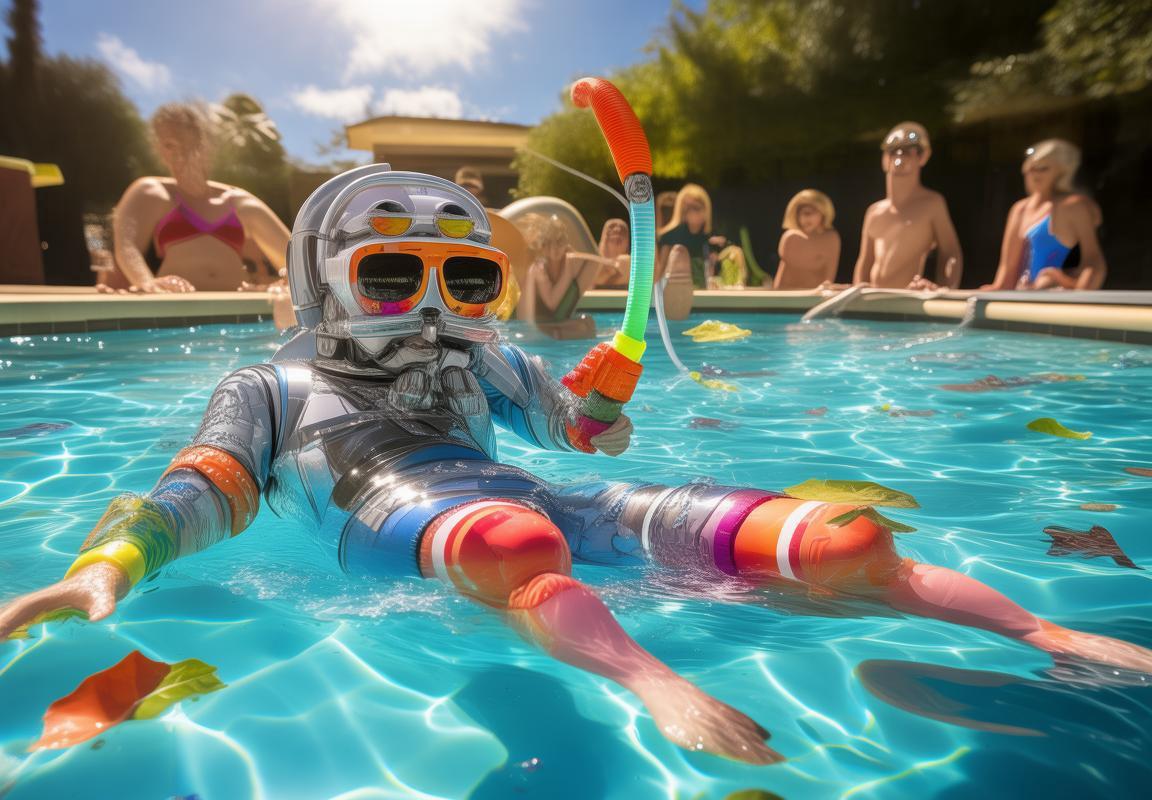Pool Cleaner Troubleshooting: Fix Common Issues with The Pool Cleaner & Essential Pool Cleaner Parts for a Cleaner Pool
Your pool cleaner isn’t possessed—it’s just finicky. Most issues boil down to simple fixes with pool cleaner parts like clogged filters, worn belts, or debris jams. If the pool cleaner grinds like a garbage disposal, check the impeller for pebbles or leaves. If it’s lazy or spins in circles, replace the drive belt (a $10 fix) or inspect the treads. Weak suction? Empty the filter bag—cleaner pool performance starts there. For pool cleaner troubleshooting, use this cheat sheet: grinding noises mean debris or worn parts; no movement points to belts or clogs; leaks often stem from cracked O-rings. Avoid “duh” mistakes like skipping filter rinses or running it 24⁄7 (3–5 hours is plenty). Upgrade key pool cleaner parts—titanium brushes last longer, swivel hoses prevent tangles—and store it in the shade to avoid UV damage. DIY fixes (belt swaps, hose unclogs) save cash, but call a pro for electrical issues. Pro tip: Keep spare parts on hand and name your cleaner (guilt works). With basic TLC, your pool stays sparkling, and your sanity stays intact.




